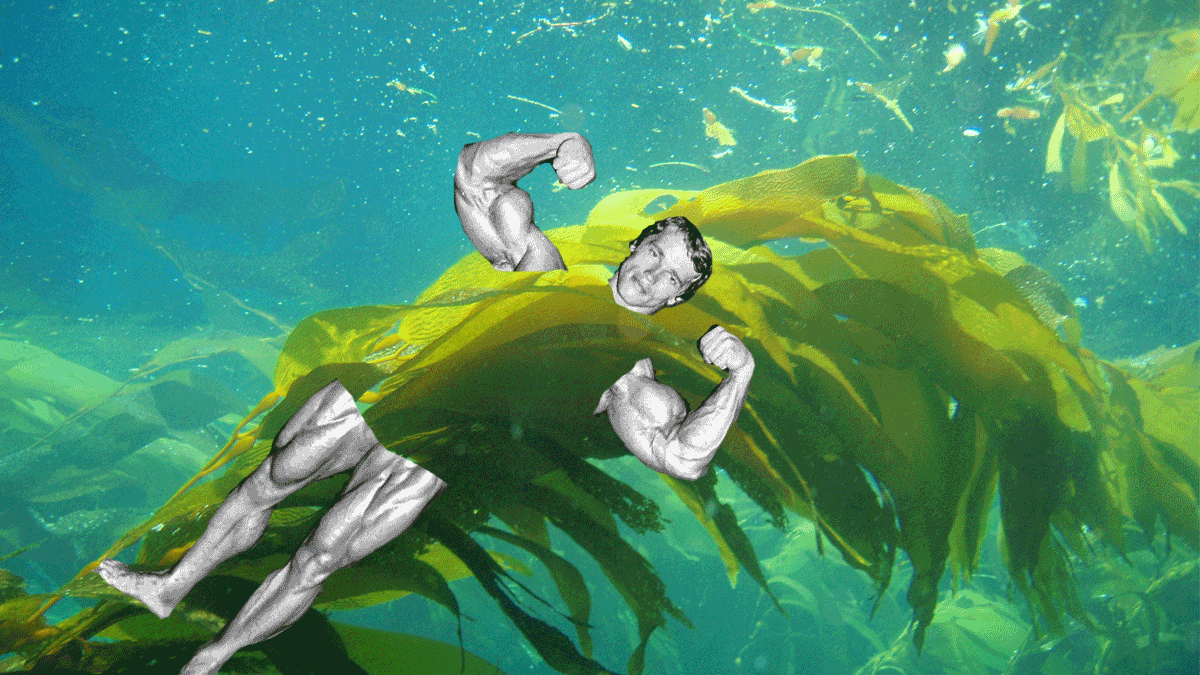It's a bad time to be a shellfish.
Climate change, and the increasing acidity of the ocean, has made for brutal living conditions for tide pool-dwelling critters—coral, oysters, sea urchins, tiny fish. In acidic water, calcium carbonate (the shell of shellfish and the stuff reefs are comprised of) dissolves.
The good news is there's a slimy savior on Oregon's coasts: seaweed.
A recent study shared by the Sierra Club's magazine, Sierra, revealed that where seaweed was present along the Pacific coast, pH levels were higher (and acidity lower). The study was led by a California State University biology professor, Nyssa Silbiger, and tracked tide pool conditions along the coast from Bob Creek, Oregon to Corona del Mar, California.
In a 2002 VW Eurovan they dubbed "The Biology Bus," Silbiger and a fellow colleague traveled the Oregon's coast collecting water samples from 57 tide pools.
The acidity of the samples varied substantially. But in the Oregon tide pools—or as Silbiger puts it, "the laboratories of the ocean"—where seaweed and sea grasses existed, the pH of the water rose substantially. During low tide in one pool in particular, the pH rose by two units in six hours.
"That's enough to possibly provide local refuge for creatures that would otherwise struggle to rebuild their shells faster that the ocean can dissolve them," Sierra notes.
The California coasts studied, in Corona del Mar and Orange County, had the least amount of sea vegetation and in turn the most acidic tide pools.
Overall, the acidity of the ocean is slowly declining—some hypothesize by .2 units by the end of the century.
Silbiger says seaweed plays a big part in that.
"The most important thing we have to do is stop putting CO2 into the atmosphere," Silbiger told Sierra. "But marine algae and vegetation have a huge impact on coastal ecosystems. If we lose kelp forest and sea-grass beds, we're actually changing the environment."
